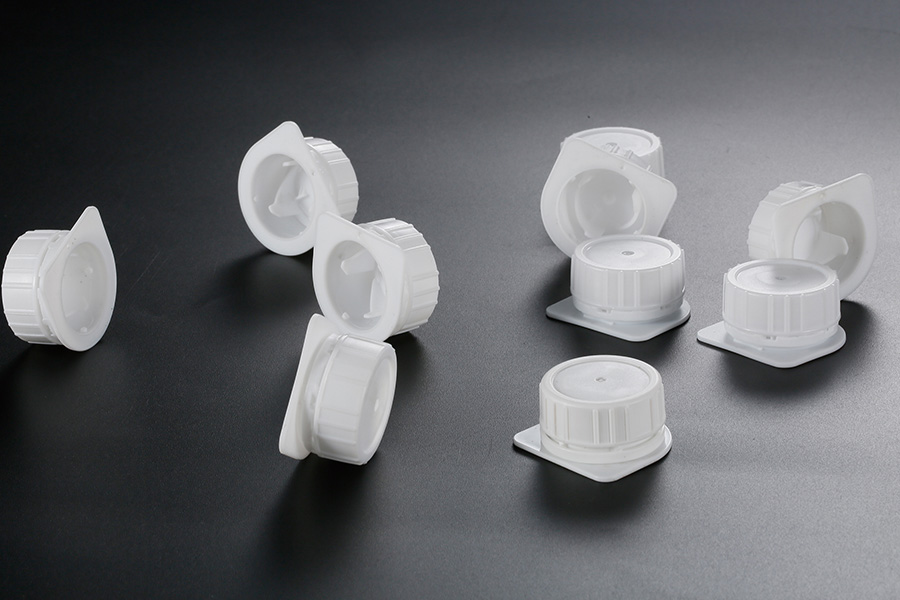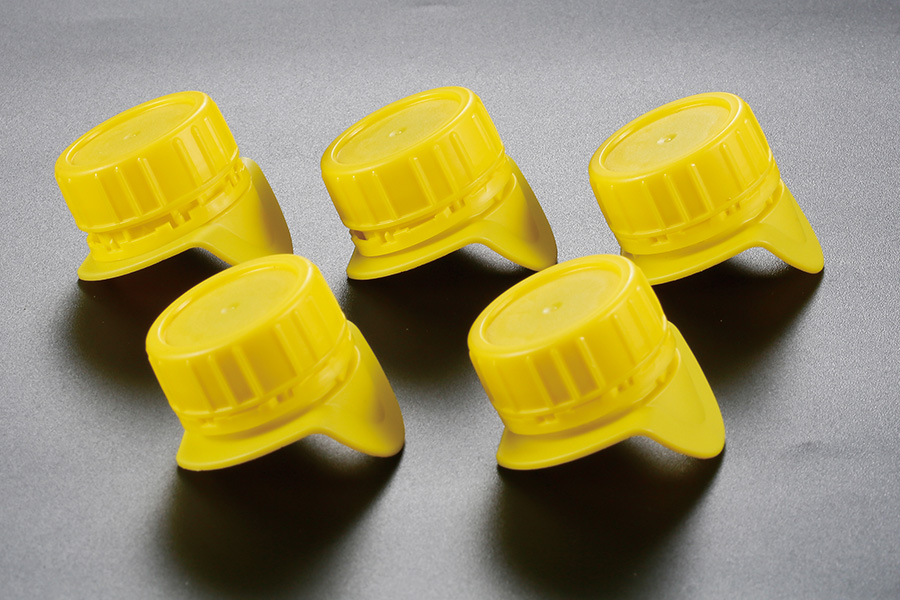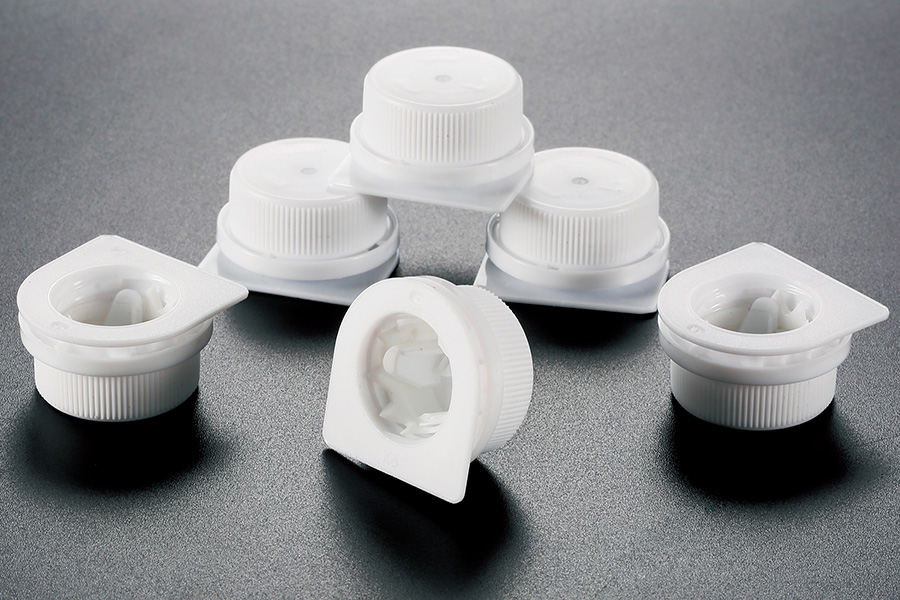The role of engineering in cap tightness and fit is critical in ensuring that products are securely sealed, maintaining product integrity, and consumer safety. In the packaging industry, caps such as the screw bottle cap and lotion cap are essential components designed not only to provide a secure closure but also to enhance the user experience through ease of use and reliable performance. Understanding how engineering principles influence the tightness and fit of these caps sheds light on the complexity behind seemingly simple packaging elements.

Screw bottle caps are widely used across various industries, from beverages to personal care products. Their design focuses on creating a secure threaded connection between the cap and the bottle neck. The engineering behind screw bottle caps involves precise thread design, material selection, and manufacturing tolerances to achieve a seal that prevents leaks while allowing easy opening and closing. Thread pitch, depth, and angle all contribute to how tightly the cap fits onto the bottle. A well-engineered screw bottle cap must balance tightness to avoid accidental opening and ease of removal to prevent consumer frustration.
Similarly, lotion caps play a vital role in packaging for cosmetic and personal care products. Lotion caps are often designed with specific dispensing features while maintaining a tight seal to prevent product contamination and evaporation. The engineering of lotion caps includes consideration of the cap's internal geometry and the materials used to provide a reliable fit with the container. Because lotion products can be viscous and prone to drying out, ensuring a consistent and tight seal is essential. This requires detailed engineering of the cap's closure mechanism to maintain its integrity throughout the product’s lifespan.
Engineering challenges related to cap tightness and fit extend beyond design to include the materials used. Caps must be made from plastics or other materials that provide enough flexibility and resilience to create a tight seal without cracking or deforming. For screw bottle caps, materials need to withstand repeated twisting motions without losing their ability to grip the bottle neck securely. For lotion caps, materials often need to resist chemical interactions with the lotion’s ingredients while maintaining their sealing properties. The choice of material directly impacts the cap's ability to maintain tightness and a secure fit under different environmental conditions, such as temperature changes and exposure to humidity.
Manufacturing precision is another crucial aspect of ensuring proper cap tightness and fit. The tolerances in injection molding or other fabrication processes must be strictly controlled to produce caps that consistently meet design specifications. Small deviations in thread dimensions or cap shape can advance to loose fittings, causing leaks or product spoilage. For both screw bottle caps and lotion caps, maintaining tight quality control during manufacturing is essential to uphold the reliability of the sealing mechanism.
Testing also plays a significant role in validating the engineering behind cap tightness and fit. Caps undergo various tests, including torque measurements, to assess how much force is required to open and close the cap. This ensures that the screw bottle cap is neither too loose, which can advance to spills, nor too tight, which can frustrate consumers. Similarly, lotion caps are tested for leak resistance and the ability to maintain a seal after multiple uses. Through engineering analysis and testing, manufacturers can refine cap designs to improve sealing performance and user satisfaction.
In addition to physical design and materials, engineering also considers the interaction between the cap and the container. The bottle neck’s dimensions, thread patterns, and finish all influence how well a screw bottle cap fits. Engineering teams often work closely with container manufacturers to ensure compatibility and optimize sealing performance. For lotion caps, the interface between the cap and container must be designed to prevent product degradation while providing ease of dispensing. This collaboration highlights the importance of engineering integration across the packaging supply chain.
Environmental factors can also affect cap tightness and fit. Engineering must account for variations in temperature and humidity during shipping and storage, which can cause expansion or contraction of materials. For example, a screw bottle cap that fits tightly at room temperature might loosen slightly in high heat. Similarly, lotion caps must maintain their seal even if exposed to fluctuating conditions. By considering these factors, engineers can select materials and design features that enhance durability and maintain tight seals throughout the product’s lifecycle.
Sustainability considerations are increasingly influencing engineering decisions regarding cap design. Engineers aim to develop screw bottle caps and lotion caps that use less material without compromising tightness and fit. This can involve designing thinner walls or using recycled materials, balancing environmental goals with functional requirements. Such innovations require precise engineering to ensure that caps still meet performance standards for sealing and durability.
In summary, the role of engineering in cap tightness and fit is multifaceted, involving careful design of thread geometry, material selection, manufacturing precision, and testing protocols. Screw bottle caps and lotion caps serve as prime examples of how engineering expertise ensures that closures provide secure sealing, user convenience, and compatibility with containers. Through continuous innovation and collaboration within the packaging industry, engineering advances help maintain product quality and customer satisfaction without relying on exaggerated claims. Understanding these engineering principles highlights the complexity and importance of effective cap design in everyday products.


 English
English  русский
русский عربى
عربى



